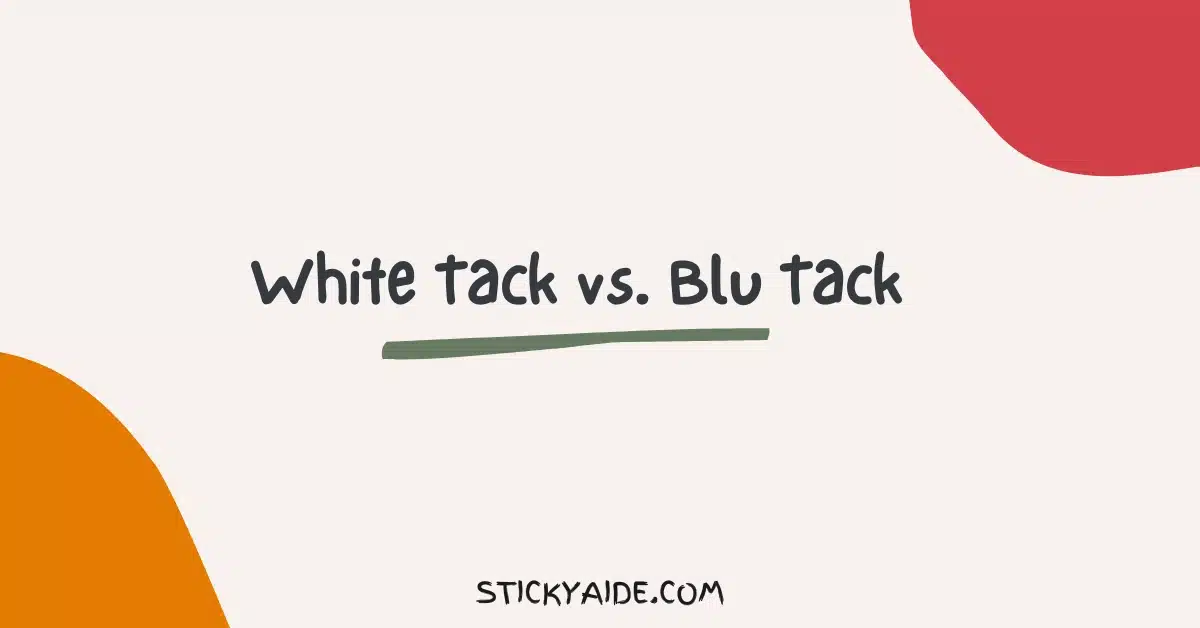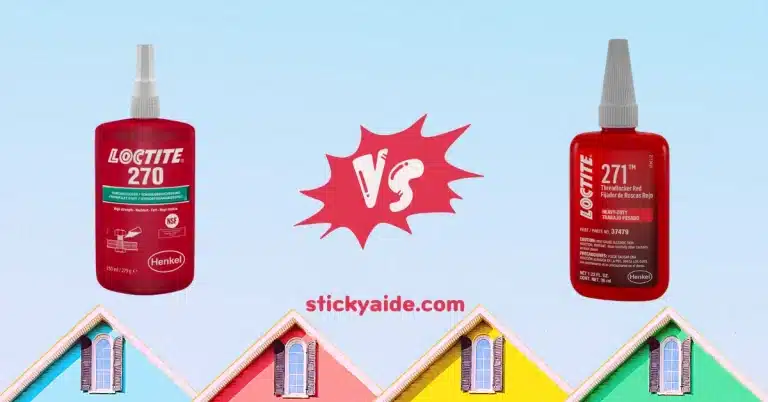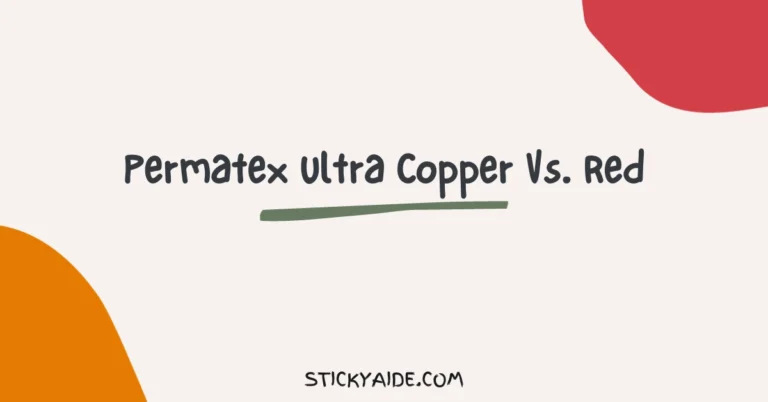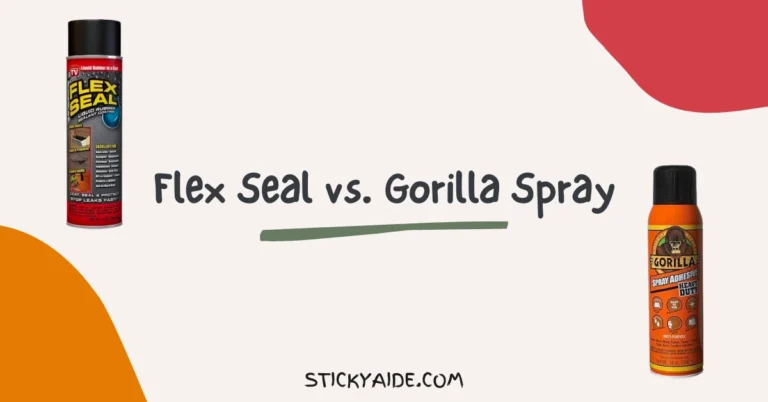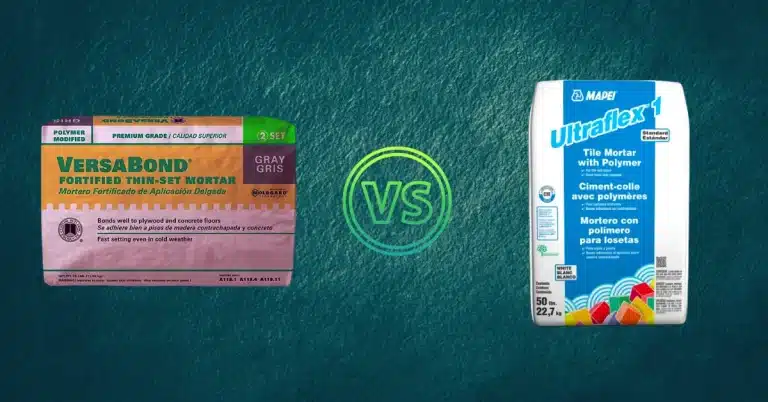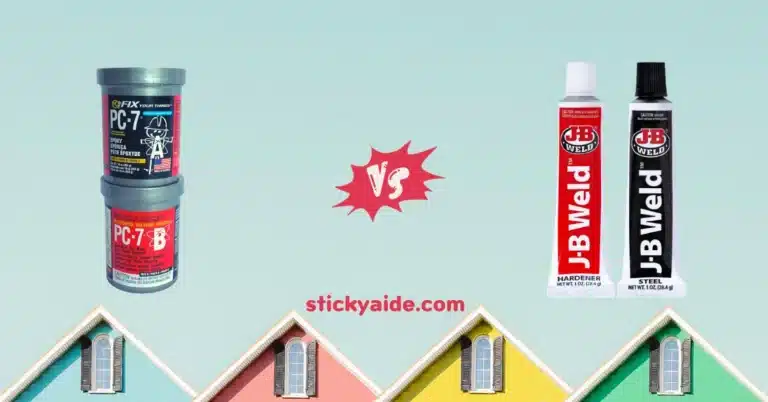When looking for tack adhesives, you must have come across the names like White Tack and Blu Tack.
Even though they are very popular and effective, these two adhesives work very differently, so you might get confused about which one to buy.
I have talked about the differences and compared White Tack vs. Blu Tack so that you learn about the nitty-gritty and make a purchase decision accordingly.
Read More: Sugru vs. Epoxy Putty
What Is White Tack?
White Tack, also known as a white sticky tack, is a type of reusable adhesive designed for temporarily attaching lightweight objects to surfaces.
Made from a mixture of waxes, plasticizers, and fillers, this adhesive is pressure-sensitive and can bond two surfaces quite quickly.
It doesn’t matter if you are using it on paper, fabric, wood, or any other small objects; this tack adhesive will stick firmly!
However, remember that the bond it creates is temporary and can be unbonded at any time you want.
Another advantage of White Tack adhesive is that as it is temporary, this adhesive rarely leaves any residue on the surface. It means that it won’t damage the surface in any way.
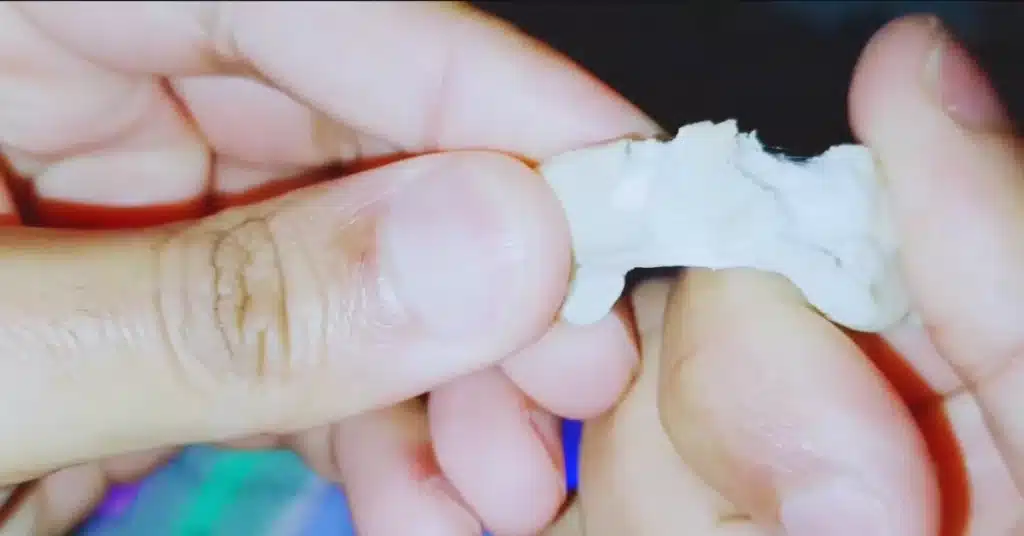
What Is Blu Tack?
Blu Tack, also known as blue adhesive putty, is another pressure-sensitive reusable adhesive that is commonly used to attach lightweight objects to walls, doors, or other dry surfaces.
Featuring a versatile and malleable putty-like texture, this adhesive can be easily shaped and used on the required surface.
One thing that makes this adhesive different from its competitors is its strength. It is stronger than the others and, therefore, can be used to hold slightly heavier items too.
Even though it is known as a Blu Tack, this adhesive is also available in other colors and works just fine.
Read More: Marine Tex Vs. JB Weld
White Tack vs. Blu Tack
If you are wondering about the differences between White Tack and Blu Tack adhesives, here is a summary of them. Go through the table for a quick glance.
| Properties | White Tack | Blu Tack |
| Item Form | Stick | Putty, Putty-like Strips |
| Adhesive Strength | Less strong | Stronger |
| Made From | A mixture of waxes, plasticizers, and fillers | A combination of synthetic rubber compounds and mineral oil |
| Compatible Material | Paper, fabric, wood, cement, wall | non-porous surfaces, painted surfaces, vinyl-coated wallpaper, glass, metal |
| Use | Fix pictures, notes, cards, memos, and decorations on walls | Stick posters, seal around windows and doors, clean dust and hair from clothing |
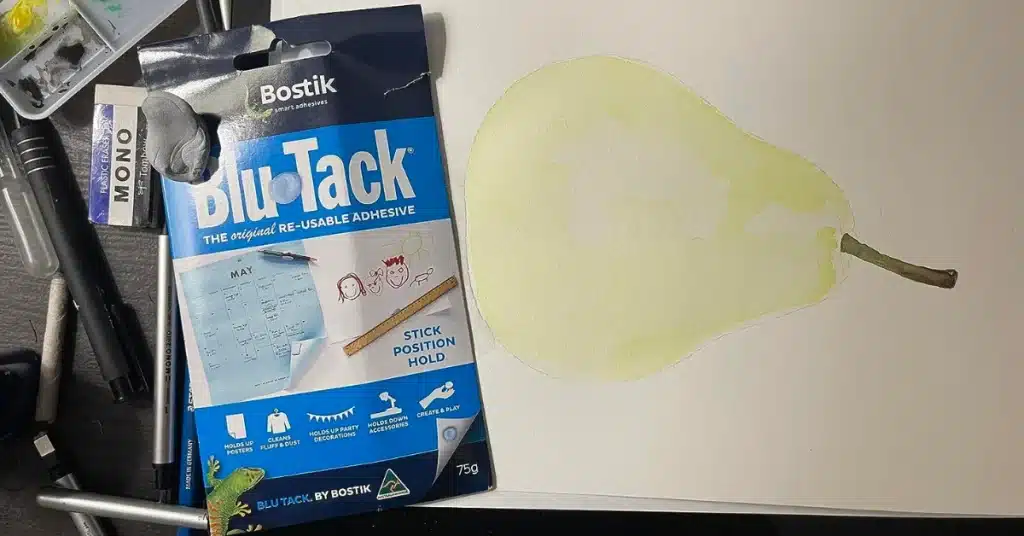
What Are The Differences Between White Tack and Blu Tack?
I have also discussed the differences between White Tack and Blu Tack in detail so that you learn better about them.
Item Form
As they are made from different types of materials with different compositions, they have different forms for your convenience.
For starters, White Tack adhesive is made from a mixture of waxes, plasticizers, and fillers. This composition gave this glue a solid, stick form to apply easily on the surface.
On the other hand, Blu Tack glue uses synthetic rubber compounds and mineral oil to give it a soft and putty-like consistency.
Adhesive Strength
The strength of White Tack and Blu Tack differs significantly.
Although White Tack has an incredible composition, it is a bit less strong and works perfectly for lightweight materials.
But because of its texture and consistency, is stronger and that’s why can be used for a bit heavier items too.
Compatible Material
Even though both the White Tack and Blu Tack are tack adhesives, because of their construction and strength, they are suitable for different types of materials.
As a White Tack adhesive is less strong, it works great on paper, fabric, wood, cement, and wall to stick on pictures, notes, cards, and other lightweight items.
On the other hand, because of its properties and form, Blu Tack adhesive is the perfect choice for sticking items on non-porous surfaces, painted surfaces, vinyl-coated wallpaper, glass, and metals.
Last Opinion
From the White Tack vs. Blu Tack discussion, one thing is very evident: these two adhesives are very different.
And as they have different properties and work differently, buy the one that suits your needs rather than the one that is stronger or costs less.
The more suitable the glue, the better results you will get!

